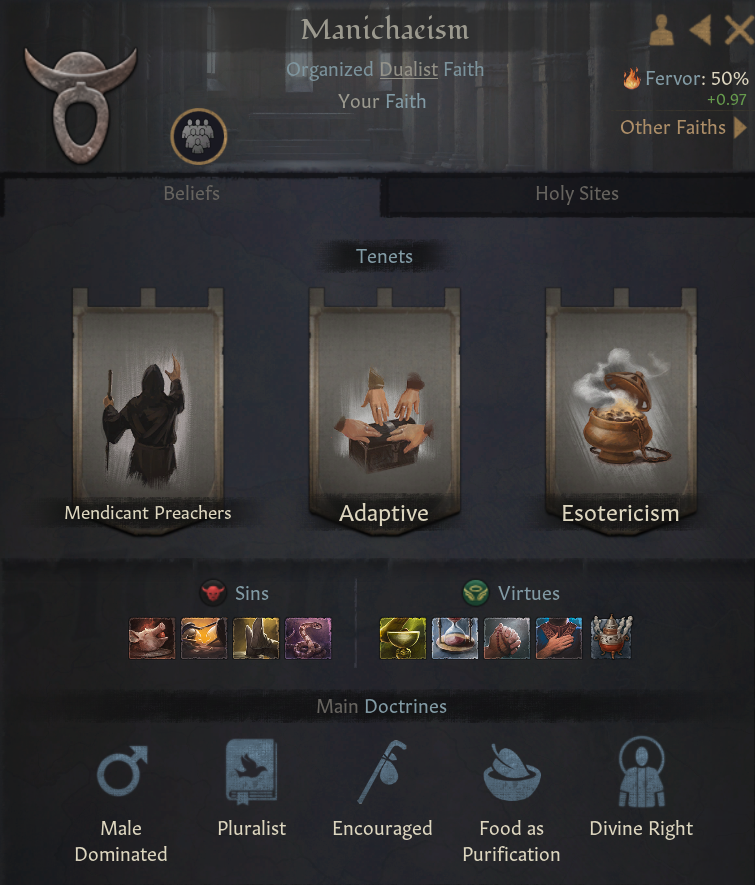I mean they have a point, Theodoros was born in Tauriskos' reign, when they had an older brother who also ruled for a bit. The father died in 786, but the son was born in either 790 or 791.
Where did they find this child? He is supposed to be born two years into his brother's reign. A Super-Long pregnancy. Thanks
Theodoros was not the son of Aratos II, but the son of Taurion, a pretender to the throne who died during the fighting.
RIP Alexandrid dynasty, surely Taurion must have a chance to rule now.
Taurion died during the fighting.
- 2
































